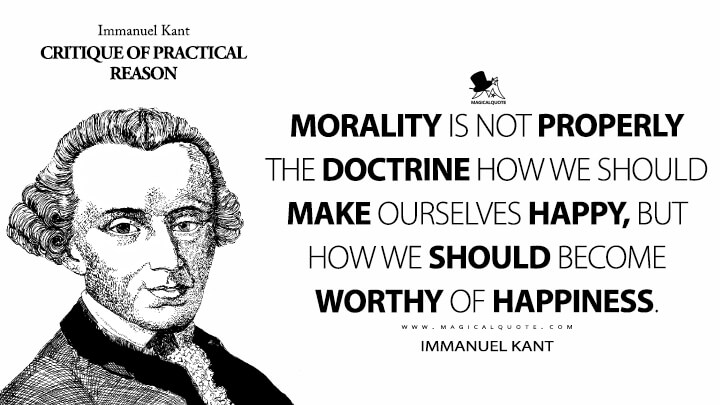
Halliday AJ, Kern ML, Garrett DK, Turnbull DA (2019) The student voice in well-being: a case study of participatory action research in positive education. Govender I, Govender DW, Havenga M, Mentz E, Breed B, Dignum F, Dignum V (2014) Increasing self-efficacy in learning to program: exploring the benefits of explicit instruction for problem solving. In: Jonassen DH (ed) Handbook of research for educational communications and technology. Syst Pract Action Res 11:9–21ĭuffy TM, Cunningham DJ (1996) Constructivism: implications for the design and delivery of instruction. J Comput Mathematics Sci Teach 20:45–73Ĭheckland P, Holwell S (1998) Action research: its nature and validity. Comput Sci Educ 26:148–175īen-Ari M (2001) Constructivism in computer science education. J Inf Technol 11:235–246īecker BA, Glanville G, Iwashima R, McDonnell C, Goslin K, Mooney C (2016) Effective compiler error message enhancement for novice programming students. Commun AIS 2:4īaskerville RL, Wood-Harper AT (1996) A critical perspective on action research as a method for information systems research.

Educ Action Res 28:210–226īaskerville RL (1999) Investigating information systems with action research. By making a conscious effort to listen to the affected and to incorporate as many conditioned realities as possible, we were able to improve student engagement and interest in the programming module.Īas M, Vennebo KF, Halvorsen KA (2020) Benchlearning–an action research program for transforming leadership and school practices. It demonstrates that Kant’s respect for the humanity of others and the resulting hope in justice can guide the AR practitioner to effect improvement. The paper presents an AR study which focused on improving the programming skills of students, demonstrating the incorporation of the Kantian focal points into the AR cycle. By focusing on a Kantian systems approach, as discussed by Werner Ulrich in his introduction of Critical Systems Heuristics, various conditioned realities can be considered within a real-world situation. We show how these can be utilized within the phases of AR to deepen understanding of the social phenomenon of learning to program.

This paper demonstrates how the three questions from Kant’s Critique of Pure Reason: What can I know? What can I do? and finally, What can I hope? may guide the AR method.

Although the incorporation of the work of critical thinkers is promoted, to guide the intervention, linking the methodology itself to Kantian thinking is uncommon.

AR typically follows an iterative process of five phases, namely diagnosis action planning action taking evaluation and specifying learning. The researcher participates in the research environment with the intention of improving the social phenomenon of learning to program, and to learn from it. Action research (AR) is often used when doing research about social phenomena in the real-world, when change is part of the researcher’s intention.


 0 kommentar(er)
0 kommentar(er)
